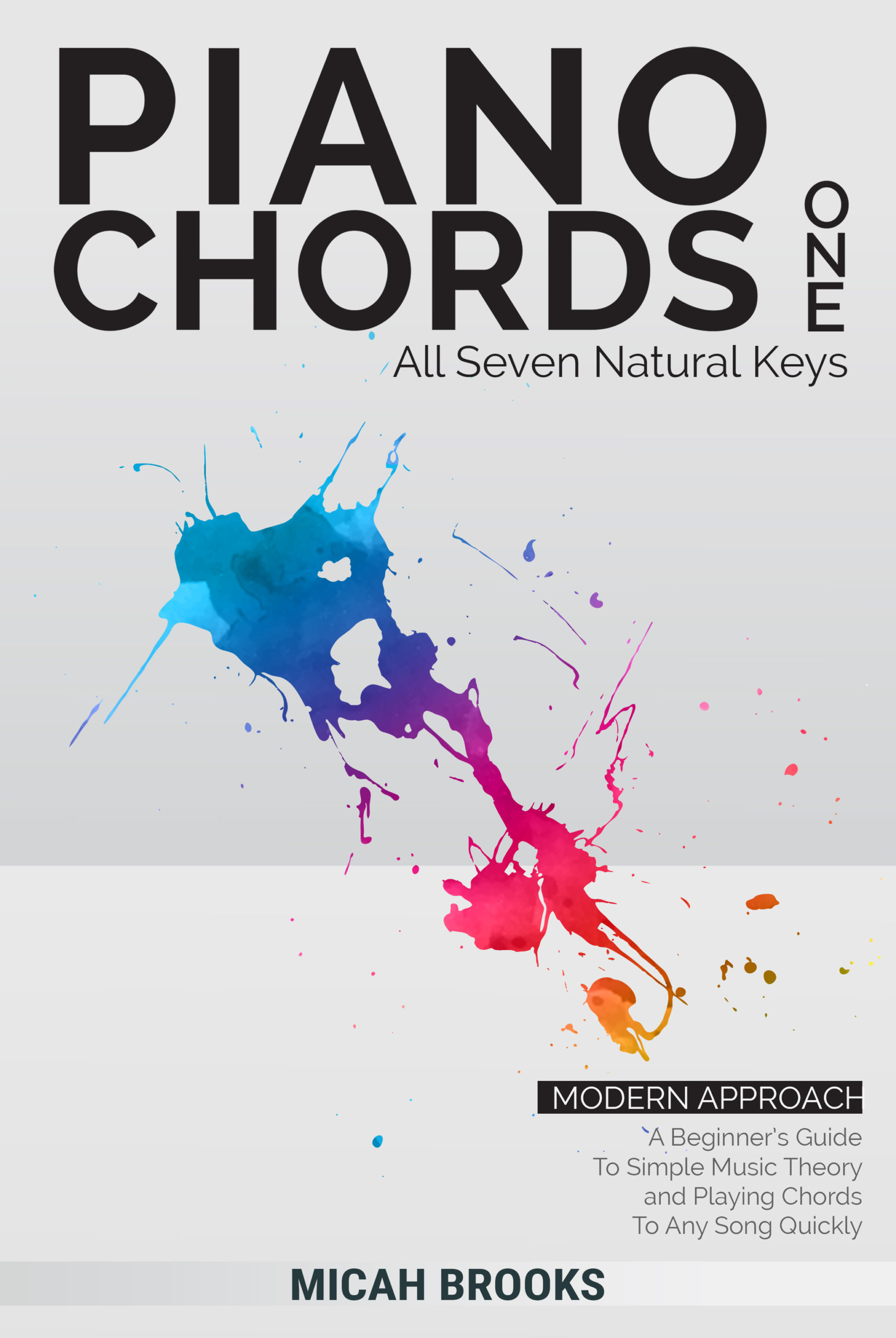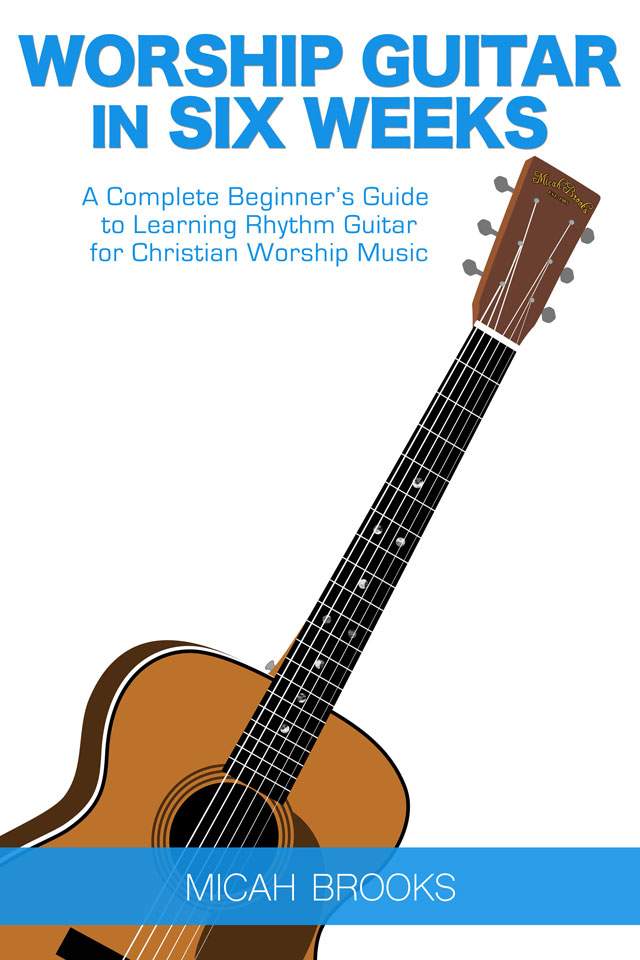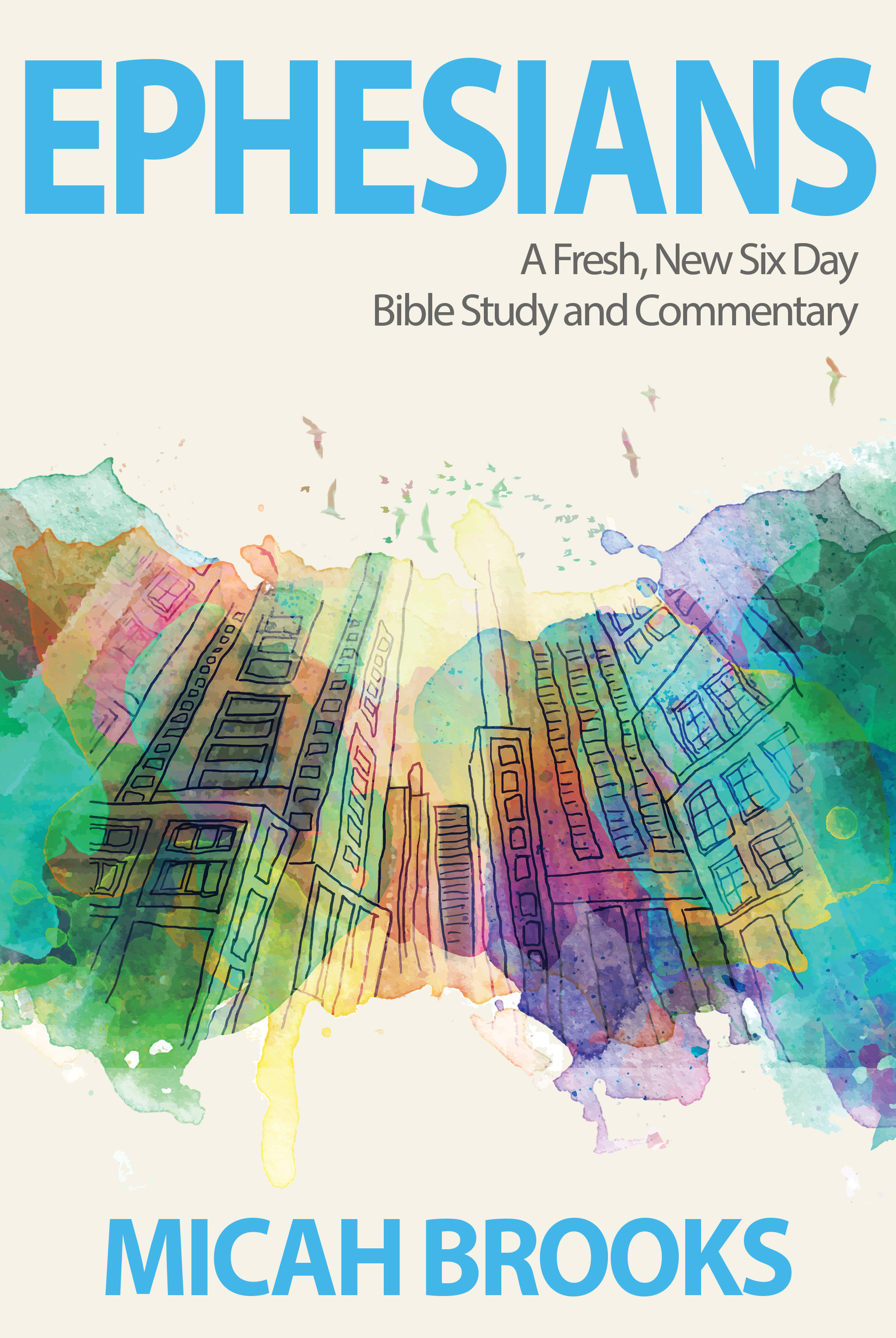Music is math
This section is devoted to music theory. I aim to give you the most practical and applicable section of music theory that you will ever need. There’s no mention of accidentals or words like harmonic progression. Rather, I’ll give you music theory concepts you can use every time you play. I employ this each moment I pick up my instrument and so can you. Trust me, you’ll understand this material!
One more disclaimer, the method I propose next is basic. If you have music theory friends, they may either say “duh” or attempt to clutter this with more information. These are the basic building blocks for theory that all musicians need. This is not a comprehensive study. To do that, go to Belmont University in Nashville, TN where I went or another music school. They know it all there. This is for those of us in the trenches. This is for anyone who wants the basics so that you can get out there and perform.
Nashville Numbers. Here we go!
Music is built on notes. Notes join in series to create scales. The fundamental or root note of the scale is the tonic note. A chord is the addition of two or more notes played at the same time. Playing in a certain key means that you are playing music by the rules of particularly predefined tones that work well with one another, called being relative. Every key has a fundamental or root chord. This is the 1 chord. The 1 chord is the foundation for all other chords coming next in what I will call the chord scale.
There is a more in-depth section below explaining what is under the hood of each of the following chords. This is a bird’s eye perspective for understanding how chords relate to one another. If you can understand this section then you will be able to hear and play just about any pop or worship song you’d like.
Building from the 1 chord we spoke about above, the 4 and 5 chords relate most solidly with the 1. Let’s use the key of G as an example throughout the rest of this section. It will help if you play these chords while you read along to hear the differences mentioned. In the key of G, the 1 chord is G. You guessed it! The 4 chord is a C chord and the 5 is D. These three numbers are the three pillar chords in any key. They are like the structural triangle that all the others derive. While the 1 chord is dominant, the 4 and 5 are also dominant and important chords in any key.
Next, the 2m and the 6m chords derive from the 4 and 1 chords, respectively. In fact, a 2m7 and 6m7 are simply 4 and 1 chords with their bass notes shifted down the scale by two notes. In the key of G, the 2m chord is an Am and the 6m is an Em. If you have played much in the key of G then you know how important these two chords are.
Moving forward, traditional music theory would say that the 3m and 7dim (pronounced seven diminished) are the final chords you should learn when learning these types of major chord scales. Practically though, you will rarely play a 3m or 7dim. Especially in popular music. Instead, I recommend learning the 1/3 and 5/7 chords. These are dominant chords with upward shifted bass notes, by the amount of two steps, from both the 1 and the 5 chords. In the case of the key of G, these chords would be 1/3: G/B and 5/7: D/F#. I imagine that you have seen these chords before. They are foundational.
There are some outliers that we need to discuss before diving into the finer details. The ♭7 and the 2-Major chords are standard, but not obvious forms of any chord scale. The ♭7 chord assumes an entirely flattened step down from the tonic chord, whereas music theory says that the seventh note in the scale is not a whole-step, but merely a half-step. In the key of G, this ♭7 chord is an F (not an F#). The 2-Major chord is also an outlier. While rarer than the ♭7, you may come across one in your favorite tunes. The 2-Major assumes that instead of playing a 2m chord (like Am in the key of G) you play a 2-Major (which would be an A in the key of G). This trick is used in country and gospel music a ton and is also found in hymns.
Basic chord theory – Let’s drill this down
Let’s examine each chord number and how triads are built. I’ll do my best not to lose you. Rather, I hope to give you insight into chord relationships and how each interacts with another. The goal is for you to be a better player. Knowing this theory will increase that likelihood.
Each of the following sections assumes we are building from the foundational 1 chord. Stay focused and use the key of G examples throughout.
1 Chord
The 1 chord, as noted before, is foundational and fundamental. It is the chord that we will reference most of the others to. It is like the President of the United States. Sure, the Vice President is important but less so than the President. The 1 chord is built on the triad of the 1+3+5 notes of the major scale. There are several other scales we could use, but for popular music, the major scale is the most played. In the key of G, the 1 chord is G and is built using the notes G+B+D. You can rearrange those letters however you would like (called inversions) and you will still have a G chord.
4 Chord
The 4 chord shares one very important note with the 1 chord, which is the root note G. A 4 chord, using the same scale as from the 1 chord is built as 1+4+6. The root position for this chord, however, would be 4+6+1. The 4 being the root note of the 4 chord. In the key of G example, the 4 chord is a C and is built C+E+G. Thus, the G note (which is the tonic note of the G scale) is shared between these two chords. This helps them to be related to musically.
5 Chord
The 5 chord shares one important note with the 1 chord, as the 4 did, but this time it is the 5 note, rather than the 1. This makes this chord have an opposing sound to the 1 chord. Whereas the 4 chord sounds more complimentary. A 5 chord is built as 5+7+2. 5 is the root note of this chord. In the key of G, this is the D chord and these notes would be D+F#+A. Again, rearrange those notes however you would like and you still have a D chord.
2m Chord
The 2m chord is interestingly a 4 chord with the bass note shifted down by two steps. Technically, the 2m7 is the 4 chord shifted, but the purpose is the same. A 2m chord is built as the 2+4+6 notes in the scale. Remember, a 4 chord is a 1+4+6. The 2m chord in the key of G is Am. The notes are A+C+E.
6m Chord
The 6m chord is one used in about every pop song. It is as famous as the 1, 4, and 5 chords. Like the 2m, the 6m is a derivative of an important chord. The 6m and the 1 chord are almost the same. In fact, a 6m7 is made of the same notes as a 1 chord, but the bass note is shifted downward by two steps. In the key of G, the Em is the 6m. If you have played much in the key of G, then you have likely played an Em. Those notes are E+G+B.
3m Chord
Before I go into the 1/3 chord, which I believe is more useful when performing using numbers, I do want to explain the more traditional 3m. The 3m, like the other minors, is a 5 chord with a shifted down bass note of two steps (again, technically this is 3m7). This chord has a dark feeling when played in pop music. It is used, but rarely. The notes are 3+5+7. For the key of G, these notes are E+G+B. The chord in the key of G is a Bm.
7dim Chord
The 7dim (or diminished or the degrees symbol °) is rarely used in pop music today. While this was not so twenty or thirty years ago, the 5/7 chord has taken its place. Diminished chords are utterly dark and normally passing chords. This means they are used to transition between main chords and are not held long. The notes are 7+2+4. You will notice that the note 4 in this chord is particularly drab. In the key of G, these notes are F#+A+C. In the key of G, this chord is an F#dim.
1/3 Chord
Instead of the 3m, in pop music, we play a 1/3. This is simpler and sounds smoother. A 1/3 is just as it sounds: a full 1 chord with this bass note shifted up to a 3 note. The 1 chord being a 1+3+5 and then the shifted bass note being a 3. In the key of G, this chord is a G/B. Those notes are B+D+G. This chord has a sense of movement to it. What that means is that you will typically play this chord on the way to the next one. Whereas with a 1, 4, or 5 chord you may rest measures or most of a verse/chorus on one of those chords. I cannot think of a time where I spent more than one or two measures on a 1/3. It has a sense of transition or motion to it.
5/7 Chord
Extremely similar to the 1/3, the 5/7 chord is simply a 5 chord with a shifted up 7 note in the bass. Another transition chord, these notes are 5+7+2 with the bass note being a 7. In the key of G, this is a D/F# chord and is built D+F#+A with the bass note being F#. This chord is used often to transition from the 1 chord (G) to the 6m (Em).
♭7 Chord
Music has rules that are meant to be broken. It would be a terrible dictator. The ♭7 chord (pronounced flat seven) is used quite a bit, but one of the notes lies outside the major scale. The ♭7 chord employs the ♭7 note in the major scale as its foundation. Typically, the major seventh note is used, however in certain cases, the ♭7 is used. The ♭7 chord is built as ♭7+2+4. Notice the 2 and 4. These notes give the chord stability in the key we are in. The ♭7 note is the outlier. In the key of G, the F chord is the ♭7. Those notes are F+A+C. If you play the chords G, then C, D, and then play an F chord you will hear the unique sound of the ♭7. It sounds both right and wrong at the same time. Music is awesome!
2-Major Chord
Similar to the ♭7 chord, the 2-Major chord has one note that does not belong in the laws of the scale yet still works to our ears. The 2-Major chord is built on, you guessed it, the 2 chord being major, rather than minor. The 2-Major assumes these notes: 2+#4+6. Remember, the 2m was a 2+4+6. That #4 note brings a new character to a song. In the key of G, the 2-Major chord is A. Those notes are A+C#+E. This chord may be an integral part of a song when it is used, but most of the time it is to catch the surprise of the listener. I feel like I have heard it mostly at the end of bridges but before a final chorus. Perhaps it makes the song more interesting.




